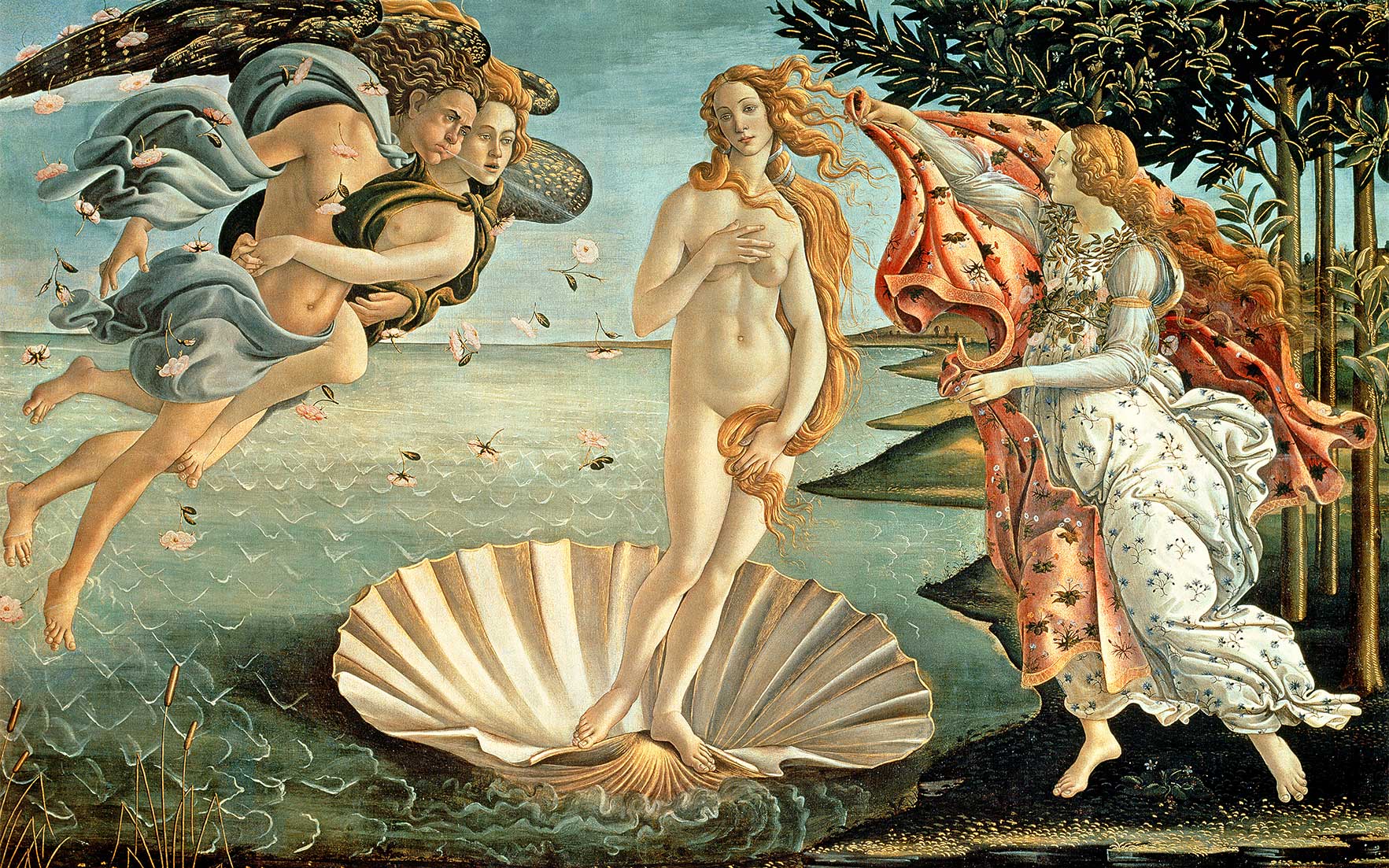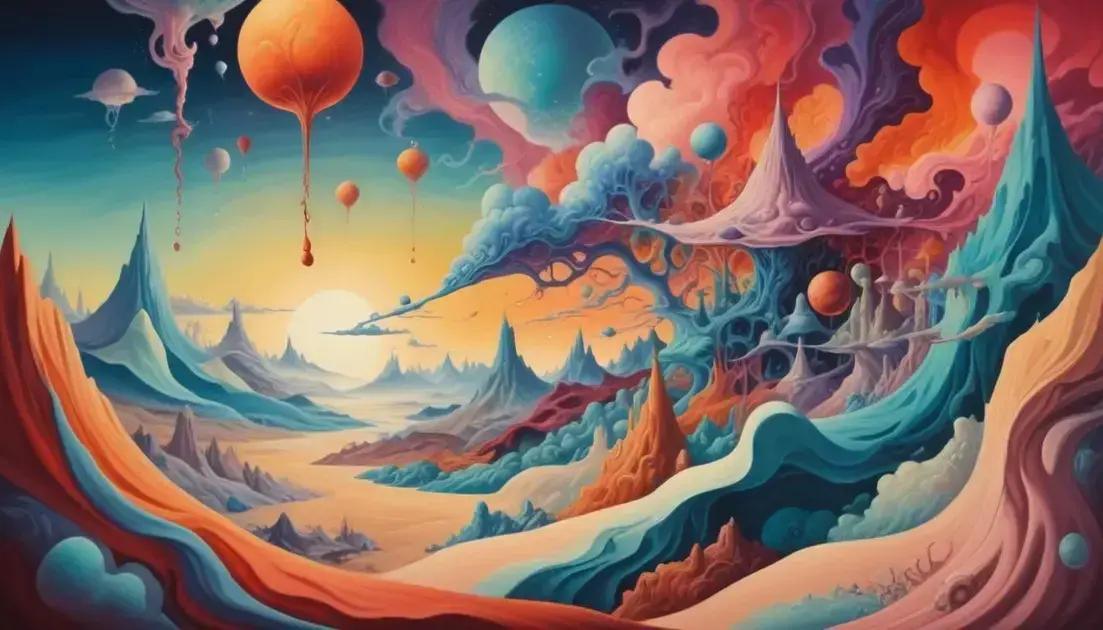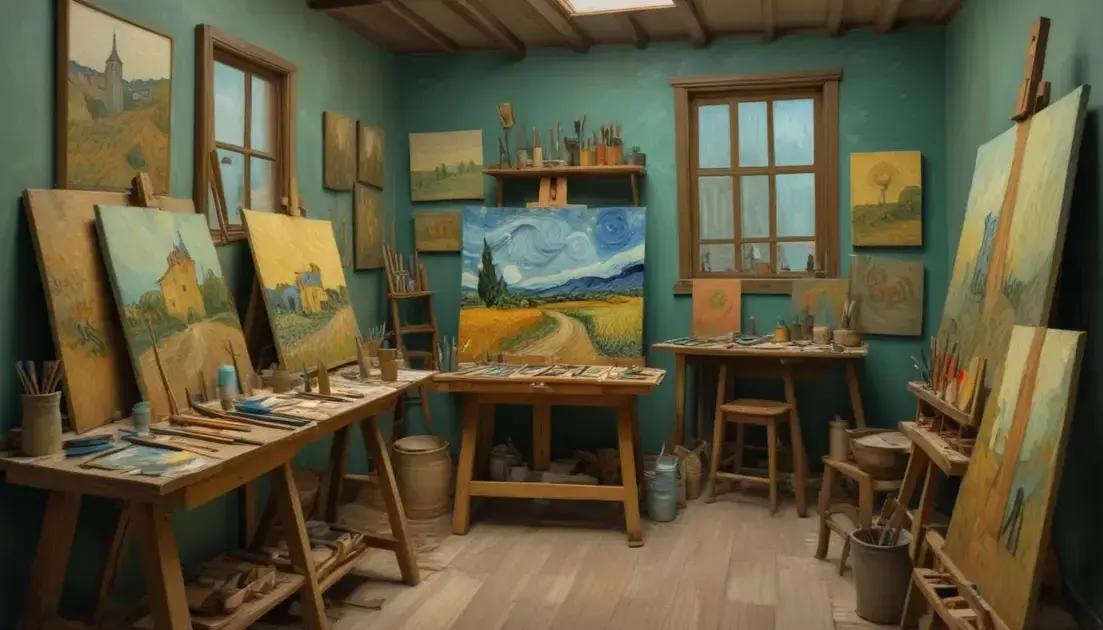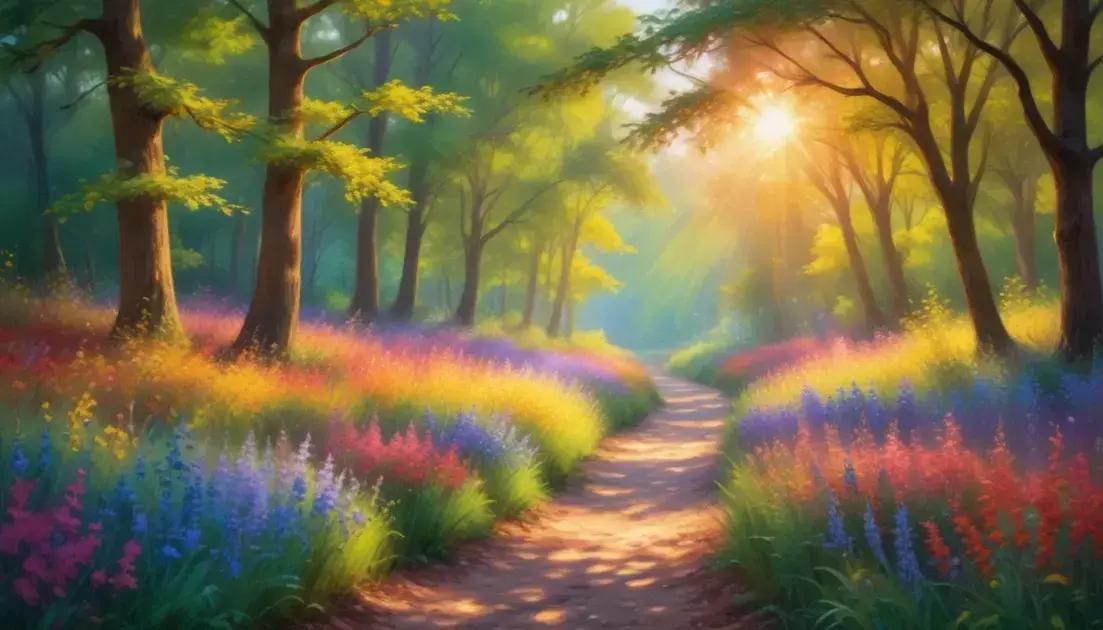
How the Renaissance Shaped Modern Art and Thought
The Renaissance, a transformative period in European history spanning roughly from the 14th to the 17th centuries, stands as a pivotal moment that irrevocably shaped modern art, thought, and the very fabric of Western civilization. This era, marked by the rediscovery of classical learning, the flourishing of artistic genius, and a profound shift in philosophical perspective, left an indelible legacy that continues to resonate in contemporary society. This exploration delves deeply into the multifaceted impact of the Renaissance, examining its key components and their enduring influence on the world we inhabit today.
I. The Dawn of Humanism: A Rekindled Flame of Classical Knowledge
The Renaissance was not merely a revival; it was a reimagining. While the term “rebirth” suggests a simple return to classical antiquity, the Renaissance was a complex process of assimilation, adaptation, and innovation. Scholars and artists meticulously studied the surviving texts and artifacts of ancient Greece and Rome, unearthing a wealth of knowledge that had been largely dormant during the Middle Ages. This rediscovery sparked a revolution in thought, shifting the focus from a solely theological worldview to one that embraced human potential and earthly experience.
The rediscovery of classical texts wasn’t merely an academic exercise. It fueled a burgeoning intellectual movement known as humanism. Humanists emphasized human agency, reason, and earthly achievement. Unlike the medieval focus on divine grace and salvation, humanism championed the dignity and worth of the individual. This philosophical shift had profound consequences for art, literature, and philosophy, fostering an environment where creativity, innovation, and intellectual curiosity were celebrated. The study of rhetoric, grammar, poetry, history, and moral philosophy – the humanities – became central to education, preparing individuals for active participation in civic life and fostering critical thinking.
The impact of this revived classical learning extended beyond the realm of philosophy. Ancient Greek and Roman architecture, sculpture, and literature provided a framework for artistic innovation. Renaissance artists meticulously studied classical forms, adapting and reinterpreting them to create works of unparalleled beauty and sophistication. The emphasis on realism, proportion, and anatomical accuracy, derived from classical ideals, became defining features of Renaissance art. The rediscovery of Vitruvius’s architectural treatise, De architectura, provided a blueprint for the design of magnificent buildings, while the study of classical sculpture influenced the representation of the human form, moving away from the stylized figures of the medieval period towards a more naturalistic portrayal of human anatomy and emotion. The impact of this classical resurgence can be seen in the architectural marvels of the period, from Brunelleschi’s Dome of Florence Cathedral to Bramante’s Tempietto, each a testament to the renewed appreciation for classical forms and engineering.
Moreover, the rediscovery of classical literature greatly influenced Renaissance writers and poets. The works of Homer, Virgil, Ovid, and Cicero provided models for literary expression, inspiring a renewed interest in epic poetry, drama, and prose. Writers like Petrarch, Boccaccio, and Machiavelli drew inspiration from classical sources, adapting and reinterpreting them to explore contemporary themes and concerns. Machiavelli’s The Prince, for instance, though controversial, remains a seminal work of political philosophy, demonstrating the influence of classical rhetorical strategies and a pragmatic approach to governance. The study of classical history also helped shape Renaissance perspectives on politics, society, and the nature of human power.
The revival of classical learning, therefore, was not a passive process of imitation but a dynamic engagement with the past, shaping and being shaped by the intellectual and artistic landscape of the Renaissance. It laid the foundation for the intellectual and artistic achievements that would define the era and continue to inspire us today.
II. Artistic Revolution: Mastering Perspective and Embracing Realism
The Renaissance witnessed a dramatic transformation in artistic techniques and sensibilities. The period’s artists were not merely skilled artisans; they were innovators who pushed the boundaries of their craft, developing new techniques and approaches that revolutionized the art world. One of the most significant achievements was the development and mastery of linear perspective. This revolutionary technique, which allowed artists to create the illusion of three-dimensional space on a two-dimensional surface, profoundly changed the way artists represented the world. Masaccio’s Holy Trinity is a prime example, showcasing the use of perspective to create a realistic and immersive visual experience.
The Renaissance also saw the rise of oil painting, a technique that provided artists with unprecedented control over color, texture, and detail. Oil paints allowed for a greater range of tonal variations, enabling artists to create more subtle and nuanced effects. The development of sfumato, a technique that involved the subtle blending of colors and tones to create a soft, hazy effect, is perhaps most famously associated with Leonardo da Vinci. His Mona Lisa, a masterpiece of sfumato, exemplifies the expressive power and psychological depth that this technique afforded.
Beyond the technical innovations, Renaissance artists also demonstrated an unprecedented commitment to realism and anatomical accuracy. Artists like Leonardo da Vinci and Michelangelo conducted meticulous studies of the human body, dissecting cadavers to understand the underlying musculature and skeletal structure. This anatomical knowledge informed their artistic representations of the human form, resulting in sculptures and paintings that were remarkably lifelike and expressive. Michelangelo’s David, a powerful and iconic sculpture, demonstrates the Renaissance artist’s ability to capture the human form in its ideal state, combining anatomical accuracy with emotional intensity.
The emphasis on realism extended beyond the representation of the human body. Renaissance artists also meticulously depicted the natural world, capturing the textures of fabrics, the details of landscapes, and the nuances of light and shadow. This attention to detail is evident in the works of artists like Albrecht Dürer, whose meticulous engravings and paintings reveal a profound understanding of both human and natural forms. The development of printmaking techniques, including engraving and woodcut, further democratized the dissemination of art, enabling wider access to artistic creations and facilitating the spread of artistic styles and ideas across Europe.
The artistic revolution of the Renaissance was not merely a matter of technical mastery; it was a reflection of a broader cultural shift towards humanism and a growing appreciation for the beauty and complexity of the world. The emphasis on realism, perspective, and anatomical accuracy was not an end in itself but a means of representing the human experience with greater depth and understanding.
III. The Rise of the Individual: Patronage and Artistic Genius
The Renaissance witnessed a dramatic rise in the status and recognition of the individual artist. Unlike the medieval period, where artists often worked anonymously or within the confines of guilds, Renaissance artists gained significant recognition for their individual talents and achievements. This shift was partly due to the patronage system, which played a crucial role in supporting artistic production. Wealthy patrons, including members of the nobility, the Church, and the merchant class, commissioned works from artists, providing them with the resources and opportunities to create ambitious and innovative works.
The patronage system, however, wasn’t simply a matter of financial support. It also fostered a close relationship between artists and their patrons, allowing for a collaborative dialogue and shaping the nature of artistic production. Artists often worked closely with their patrons, negotiating commissions, discussing themes and styles, and adapting their work to suit the tastes and preferences of their patrons. This relationship fostered artistic innovation while also reflecting the evolving tastes and priorities of the patron class.
The increased recognition of individual artists led to the emergence of iconic figures like Leonardo da Vinci, Michelangelo, Raphael, and Titian. These artists were not merely skilled practitioners of their craft; they were celebrated as geniuses, whose works transcended the boundaries of their time and continue to inspire awe and admiration centuries later. Their fame was not limited to their artistic talents; they were often polymaths, demonstrating expertise in diverse fields such as science, engineering, architecture, and literature.
Leonardo da Vinci, for instance, epitomized the Renaissance ideal of the “universal man,” possessing a vast range of knowledge and skills. His contributions to art, science, and engineering continue to inspire innovation and creativity. Michelangelo, equally renowned for his sculptures, paintings, and architecture, embodies the power of artistic genius to capture the human condition with unparalleled intensity. Raphael’s graceful compositions and idealized figures demonstrate the Renaissance mastery of harmony and balance, while Titian’s mastery of color and dramatic composition exemplifies the enduring appeal of Renaissance art.
IV. Scientific Revolution: Challenging Dogma and Embracing Observation
The Renaissance was not confined to the arts; it fueled a significant transformation in scientific thought and methodology. While the scientific revolution is often associated with the 17th century, its seeds were sown during the Renaissance. The revival of classical learning, particularly the works of Greek philosophers and scientists such as Ptolemy and Galen, provided a framework for scientific inquiry, while the humanist emphasis on reason and observation encouraged a critical reassessment of existing knowledge.
The Renaissance saw a renewed interest in empirical observation and experimentation, challenging the authority of ancient texts and traditional doctrines. Scientists began to conduct systematic observations of the natural world, making careful measurements and documenting their findings. This emphasis on empirical evidence laid the foundation for the scientific method, which would become the cornerstone of modern science.
Nicolaus Copernicus’s heliocentric model of the solar system, published in De Revolutionibus Orbium Coelestium, stands as a landmark achievement of this shift. Challenging the long-held geocentric view, Copernicus proposed a model in which the Earth revolves around the sun. While not immediately accepted, his theory profoundly altered the understanding of the cosmos and paved the way for later astronomical discoveries. Galileo Galilei, using his newly invented telescope, made crucial observations that supported the heliocentric model, further challenging established scientific dogma. His meticulous observations of the moon, planets, and stars provided evidence that contradicted the prevailing geocentric view, leading to conflict with the Church and contributing to the ongoing scientific revolution.
The Renaissance also witnessed significant advances in anatomy and medicine. Andreas Vesalius, through his meticulous dissections and detailed anatomical drawings published in De humani corporis fabrica, revolutionized the understanding of human anatomy, correcting many of the errors perpetuated by Galen. These advancements challenged traditional medical practices and laid the groundwork for modern anatomical science.
The scientific revolution of the Renaissance was a process of challenging assumptions, questioning established knowledge, and embracing empirical observation. It was a significant departure from the medieval reliance on authority and tradition, emphasizing instead the importance of reason, observation, and experimentation. This shift in scientific methodology profoundly influenced the development of modern science and set the stage for the remarkable scientific advancements of the following centuries.
V. The Enduring Legacy: Shaping Modernity
The Renaissance’s impact on modern art and thought is undeniable and far-reaching. Its emphasis on humanism, reason, and individual achievement continues to shape our values and ideals. The artistic innovations of the Renaissance, including perspective, sfumato, and oil painting, remain fundamental techniques in Western art. Renaissance art continues to inspire artists and shape aesthetic sensibilities, demonstrating the enduring appeal of its classical forms and human-centered themes.
The scientific methods developed during the Renaissance laid the foundation for the scientific revolution, transforming our understanding of the natural world and paving the way for modern science and technology. The emphasis on empirical observation, experimentation, and mathematical reasoning remains central to scientific inquiry.
The Renaissance’s impact extends beyond the realms of art and science. Its emphasis on human dignity and individual potential continues to resonate in democratic ideals and social movements. The humanist focus on education and intellectual development is reflected in modern educational systems and the ongoing pursuit of knowledge.
The Renaissance was a transformative era that irrevocably altered the course of history. Its legacy extends beyond its artistic achievements and scientific discoveries; it shaped the very foundation of modern Western culture, leaving an enduring imprint on our values, beliefs, and understanding of the world. The spirit of innovation, curiosity, and human-centeredness that defined the Renaissance continues to inspire and challenge us today. The Renaissance, therefore, remains not just a historical period but a vital force shaping our present and future.


